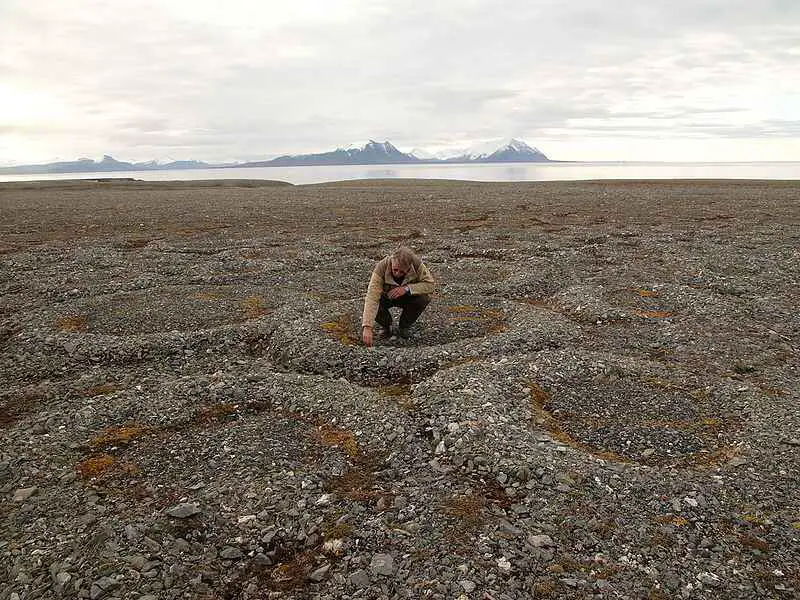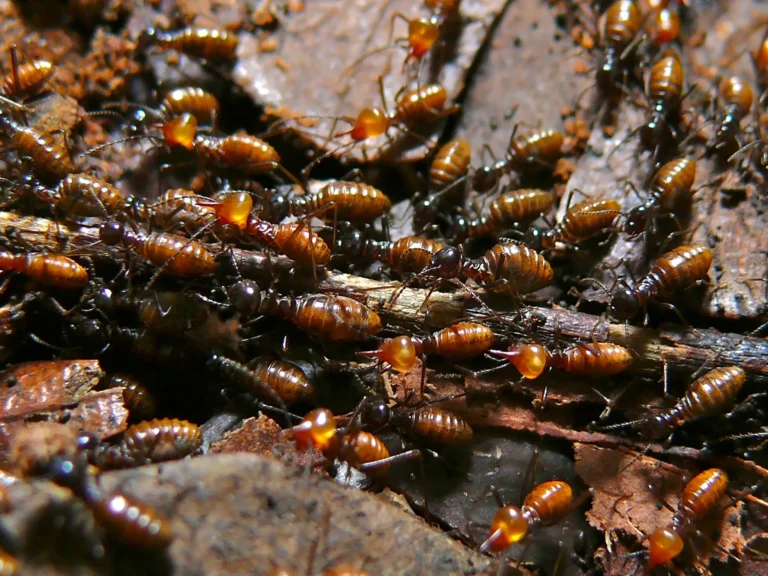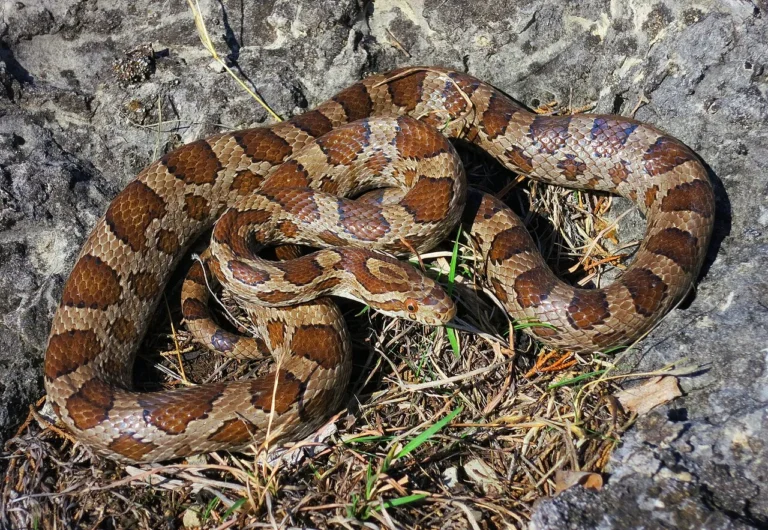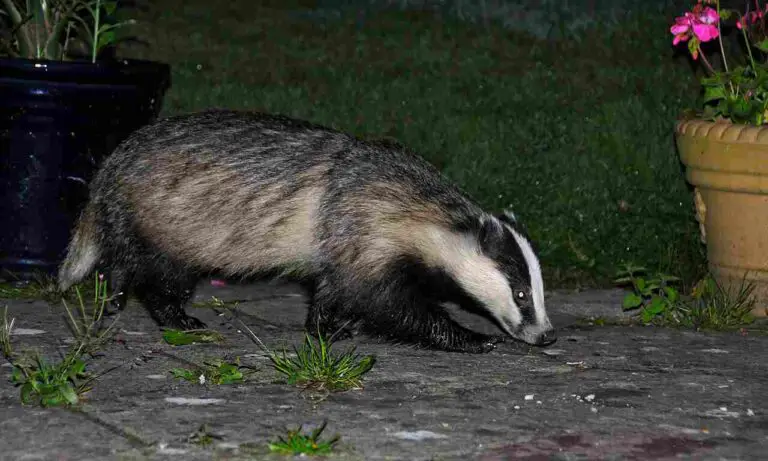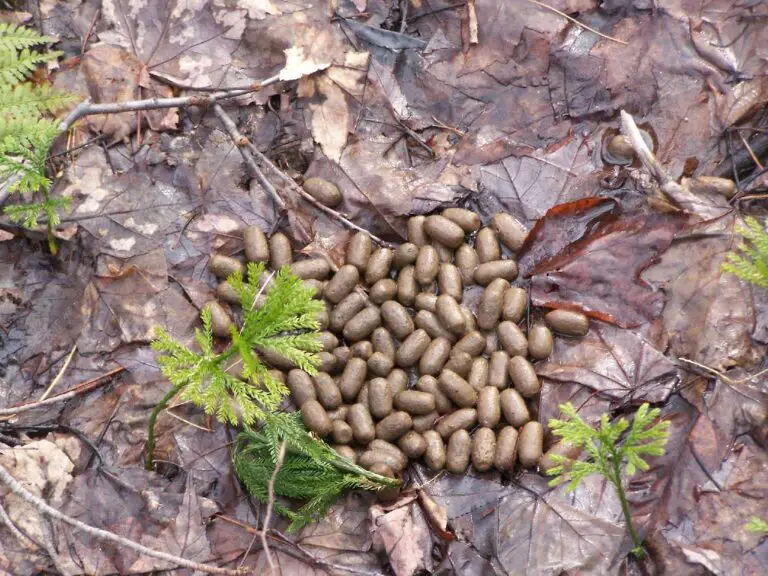5 Tundra Landscape Characteristics Explained
Tundra landscape characteristics are; level topography, poor drainage, patchy vegetation, permafrost soil, and active mechanical weathering.
This article discusses tundra landscape characteristics, as follows;
1). Level Topography (as one of the Tundra Landscape Characteristics)
One of the core characteristics of tundra landscape is its homogeneous, level topography.
The topography of the tundra can be generally described as flat land, with minimal deviation from a level relief across its entire spatial coverage. In some studies, tundra topography is described as ranging from flat to 'convex' (or vice-versa), due to its overall high-altitude trend [10].
However, along the boundaries of tundra ecosystems, the topography often transforms into an undulating, upslope terrain [8]. This is because tundras are commonly situated in mountainous, high-altitude zones.
The flat topography of the tundra can be used to understand some of its other landscape characteristics, such as the trends of glaciation and drainage across the tundra terrain.
Also, the topography of the tundra plays a role in processes like water conservation and vegetation changes [11].
2). Poor Drainage
Asides level topography, another characteristic of the tundra landscape is its poor drainage [5].
Tundras have poor soil in terms of nutrient-content, biological and petro-physical characteristics like porosity and permeability.
The result of this is that water is not well drained in the tundra.
One of the ways to explain poor drainage of tundra soil is the slow rate of microbial and macrobial soil activity, due to low temperatures, frozen soil and lack of sufficient nutrients to support large populations of soil organisms.
In the absence of these organisms, soils in the tundra are modified at a much slower rate soils in other ecosystems, including temperate grasslands and tropical forests.
The poor drainage of the tundra landscape often causes the formation of swamps in summer as surface frost begins to thaw [4]. It also partly explains the low output of the hydrological cycle in tundras, both for precipitation, groundwater and surface water reserves, since water resources are not being recycled efficiently in this biome.

3). Patchy Vegetation (as one of the Tundra Landscape Characteristics)
The tundra landscape is characterized by patchy, sparse vegetation, which is caused mainly by the low precipitation and humidity of this biome.
Types of vegetation in the tundra are; lichens, sedges, grasses, mosses and shrubs. These are the types of plants which arr capable of surviving the edaphic and bio-climatic conditions of tundra regions.
The most common vegetation in the tundra is moss, which could be any of various kinds including Caribou Moss and Arctic Moss. Mosses are able to grow dominantly in tundras due to their low-lying nature and their minimal water and nutrient requirements, all of which favor the landscape and hydrology of the tundra.
Trees are among the rarest group of plants found in tundras; their distribution being irregular and patchy across the landscape [7].
4). Permafrost Soil
The kind of soil found in the tundra is cryosol, which is formed from organic matter and is frozen within a maximum depth range of 1 meter from the surface.
Tundra soil is frozen because of the extended periods of winter that occur in the biome.
Frozen tundra soil is called 'permafrost', because it remains mostly frozen at all times of the year [1].
There are many other phenomena in the tundra that are linked to, and can be explained by, the presence of permafrost.
These include low availability of water (as most water occurs in frozen state), poor vegetation growth (due to shallow depth of non-frozen soil), and carbon sequestration.
Permafrost soil in the tundra allows large amounts of carbon to be stored or sequestered, thereby increasing the carbon content of the frozen soil, and removing the stored carbon from the atmosphere, where it would otherwise occur as a greenhouse gas.
The role of tundra-carbon sequestration in storing away carbon from the atmosphere has been studied extensively, and is viewed as a positive environmental impact of tundras on the global ecosystem. Studies have also revealed that tundra permafrost is highly susceptible to thawing as a result of global warming [3].

5). Active Mechanical Weathering (as one of the Tundra Landscape Characteristics)
Mechanical weathering is a common type of weathering that occurs in the tundra, mostly as a result of freeze-thaw events that induce exfoliation and frost wedging in earth materials.
Mechanical weather is largely responsible for the formation of tundra soil from parent rock materials. It occurs mostly in the permafrost subsoil layer and hardly affects the non-frozen (or mildly-frozen) topsoil [9].
Asides mechanical weathering, chemical weathering also occurs in the tundra, affecting all types of rock materials, as well as water quality, due to the presence dissolved minerals [6] [2].
Weathering in the tundra plays a key role in shaping and modifying the landscape.
Conclusion
Tundra landscape characteristics are;
1. Level Topography
2. Poor Drainage
3. Patchy Vegetation
4. Permafrost Soil
5. Active Mechanical Weathering
References
1). Andre, M-F.; Anisimov, O. A. (2015). "Tundra and permafrost-dominated taiga." Geomorphology and Global Environmental Change (pp.344-367). Available at: https://doi.org/10.1017/CBO9780511627057.014. (Accessed 13 March 2023).
2). Carey, J. C.; Abbott, B. W.; Rocha, A. V. (2019). "Plant Uptake Offsets Silica Release From a Large Arctic Tundra Wildfire." Earth's Future 7(9). Available at: https://doi.org/10.1029/2019EF001149. (Accessed 13 March 2023)..
3). Feng, J.; Wang, C.; Lei, J.; Yang, Y.; Yan, Q.; Zhou, X.; Tao, X.; Ning D.; Yuan, M. M.; Qin, Y.; Shi, Z. J.; Guo, X.; He, Z.; Van Nostrand, J. D.; Wu, L.; Bracho-Garillo, R. G.; Penton, C. R.; Cole, J. R.; Konstantinidis, K. T.; Luo, Y.; Schuur, E. A. G.; Tiedje, J. M.; Zhou, J. (2020). "Warming-induced permafrost thaw exacerbates tundra soil carbon decomposition mediated by microbial community." Microbiome. 2020 Jan 17;8(1):3. Available at: https://doi.org/10.1186/s40168-019-0778-3. (Accessed 13 March 2023).
4). Kitti, H.; Forbes, B. C. (2006). "Vegetation: Structure, Cover, and Biomass of Subarctic Tundra Wetlands Used as Summer Pastures." In: , et al. Reindeer Management in Northernmost Europe. Ecological Studies, vol 184. Springer, Berlin, Heidelberg. Available at: https://doi.org/10.1007/3-540-31392-3_10. (Accessed 13 March 2023).
5). Grant, R. F.; Humphreys, E. R.; Lafleur, P. M. (2015). "Ecosystem CO2 and CH4 exchange in a mixed tundra and a fen within a hydrologically diverse Arctic landscape. Part 1. Modelling vs. measurements." Journal of Geophysical Research: Biogeosciences 120(7). Available at: https://doi.org/10.1002/2014JG002888. (Accessed 13 March 2023).
6). Lessovaia, S.N.; Goryachkin, S.; Polekhovsky, Y.; Ershova, V.; Filimonov, A. (2016). "Abiotic and Biotic Processes of Mineral Weathering in Tundra Soils on Ultramafic and Mafic Rocks of the Polar Urals, Russia." In: Frank-Kamenetskaya, O., Panova, E., Vlasov, D. (eds) Biogenic—Abiogenic Interactions in Natural and Anthropogenic Systems. Lecture Notes in Earth System Sciences. Springer, Cham. Available at: https://doi.org/10.1007/978-3-319-24987-2_18. (Accessed 13 March 2023).
7). Malanson, G. P.; Butler, D. R.; Fagre, D. B.; Walsh, S. J.; Tomback, D.; Daniels, L.; Resler, L. M.; Smith, W. K.; Weiss, D. J.; Peterson, D. L.; Bunn, A. G.; Hiemstra, C.; Liptzin, D.; Bourgeron, P. S.; Shen, Z.; Millar, C. I. (2007). "Alpine Treeline of Western North America: Linking Organism-To-Landscape Dynamics." Available at: https://doi.org/10.2747/0272-3646.28.5.378. (Accessed 13 March 2023).
8). Seider, J.; Lantz, T. C.; Hermosilla, T.; Wulder, M.; Wang, J. (2022). "Biophysical Determinants of Shifting Tundra Vegetation Productivity in the Beaufort Delta Region of Canada." Springer, Ecosystems 25(7):1-20. Available at: https://doi.org/10.1007/s10021-021-00725-6. (Accessed 13 March 2023).
9). Szymański, W.; Jaqi, K.; Drewnik, M.; Musielok, Ł.; Stolarczyk, M.; Sikora, S. (2022). "Impact of tundra vegetation type on topsoil temperature in central Spitsbergen (Svalbard, High Arctic)." Geoderma 428(4):116196. Available at: https://doi.org/10.1016/j.geoderma.2022.116196. (Accessed 13 March 2023).
10). Ushakova, G. I.; Shmakova, N. Y.; Koroleva, N. E. (2003). "Spatial Analysis of Soils, Vegetation, Productivity, and Carbon Stored in Mountain Tundra Ecosystems, Khibiny Mountains, Russia." Polar Geography Volume 27, 2003 - Issue 3. Available at: https://doi.org/10.1080/789610168. (Accessed 13 March 2023).
11). Wu, M. M.; He, H. S.; Zong, S.; Tan, X.; Du, H.; Zhao, D.; Liu, K.; Liang, Y. (2018). "Topographic Controls on Vegetation Changes in Alpine Tundra of the Changbai Mountains." Forests 9(12):756. Available at: https://doi.org/10.3390/f9120756. (Accessed 13 March 2023).
